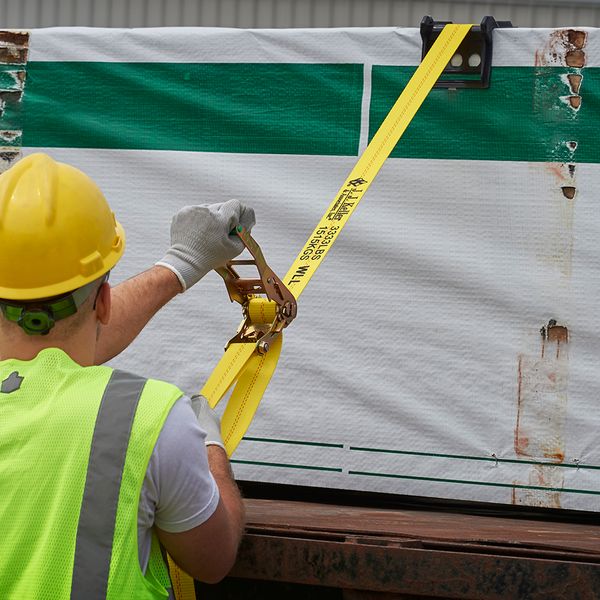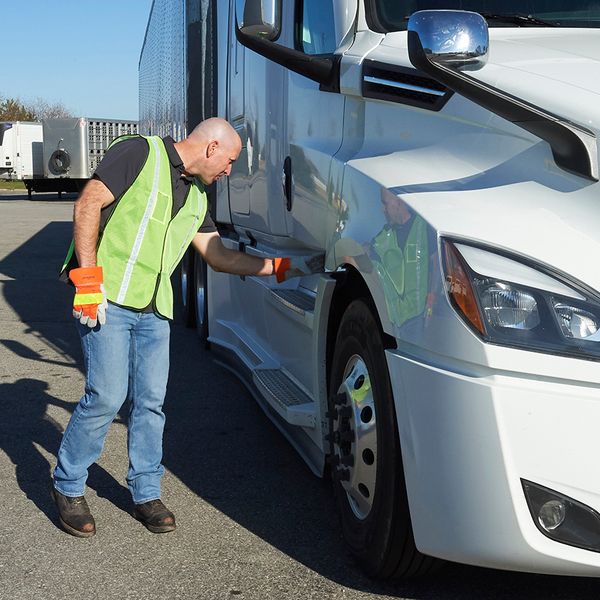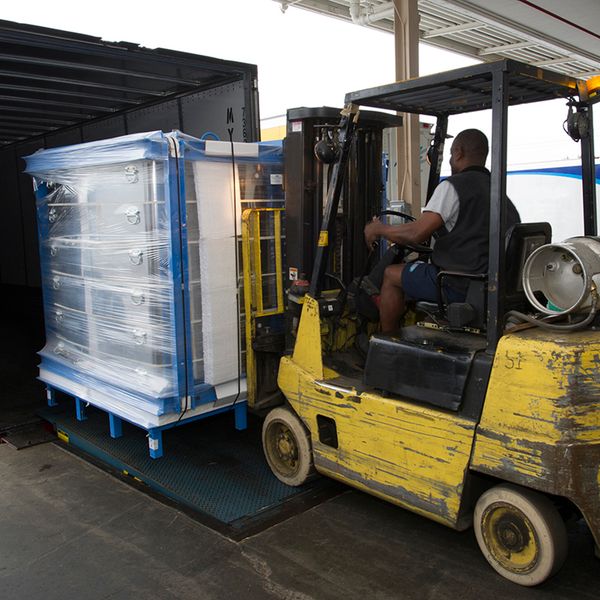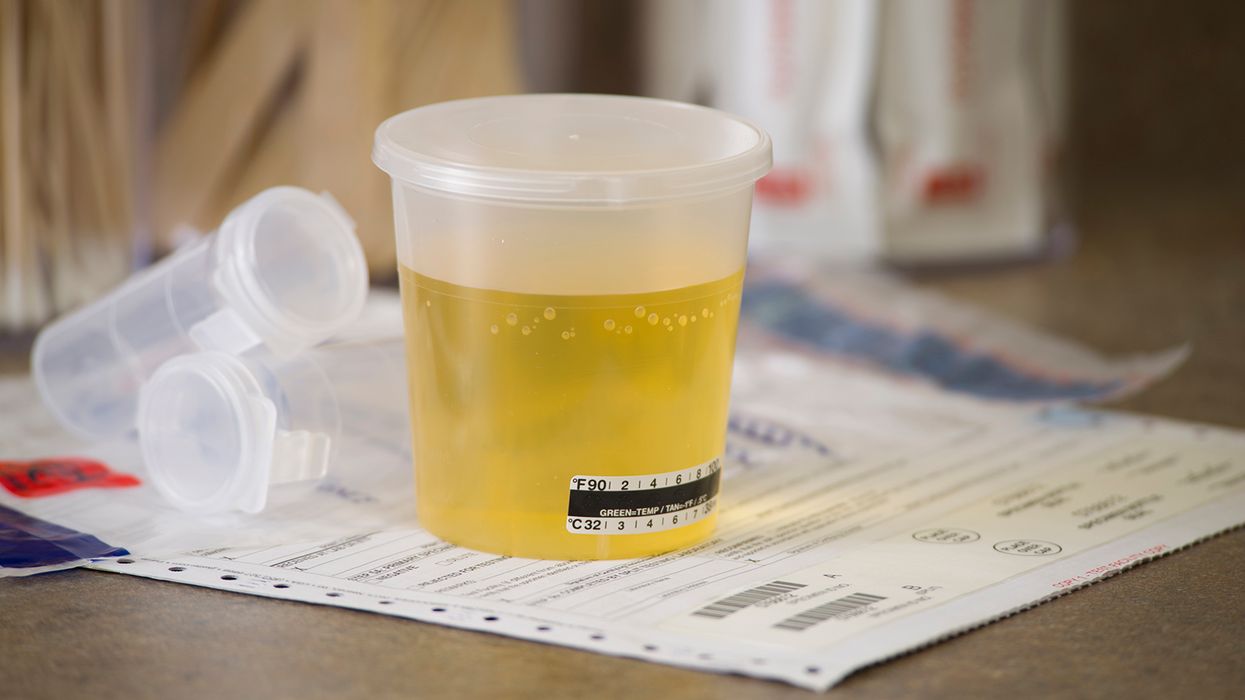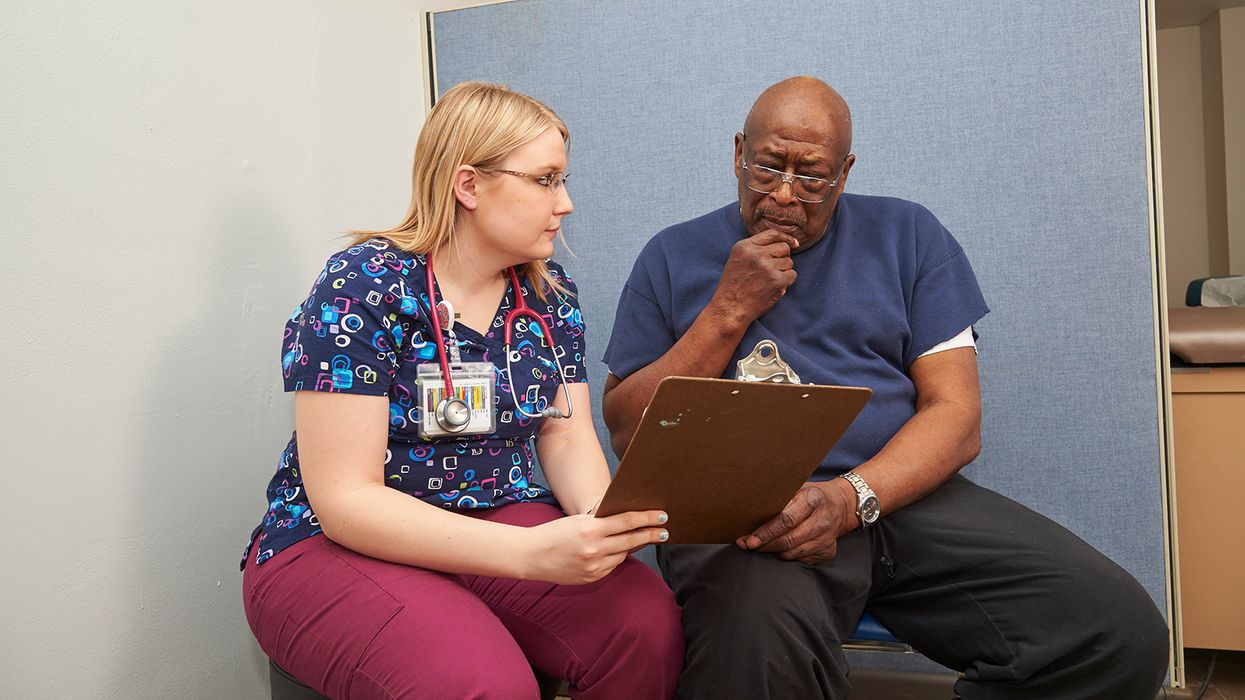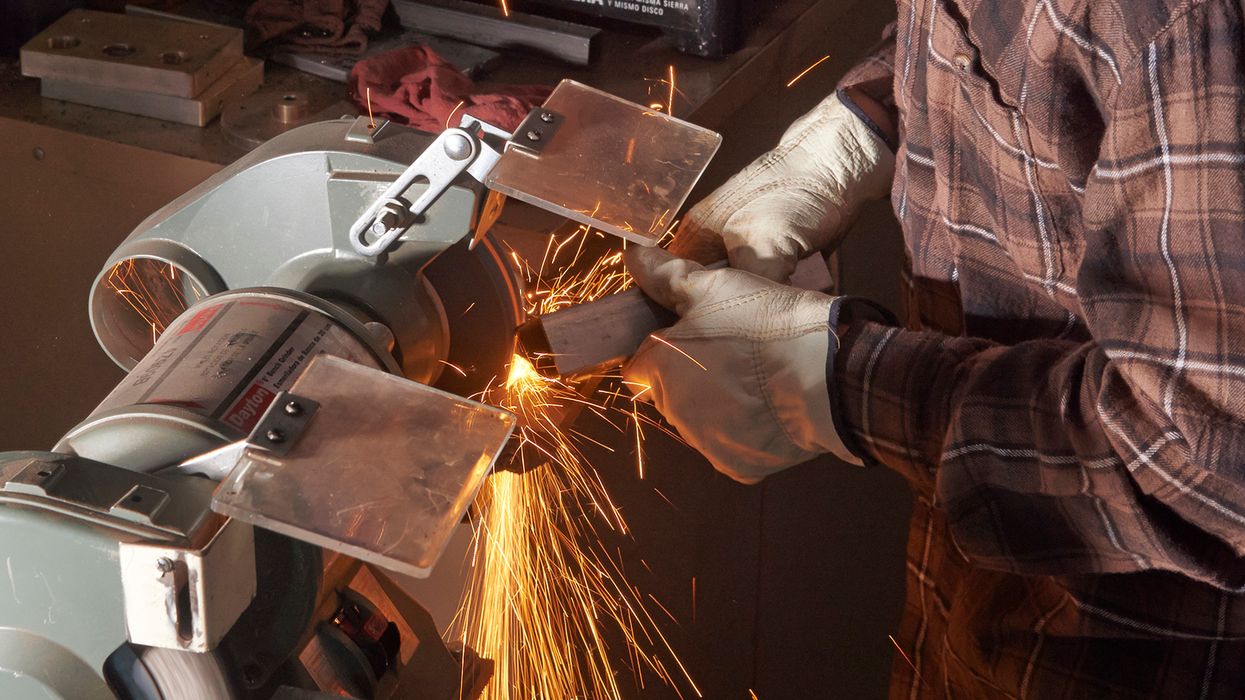Delivering freight to military bases
Truck drivers deliver everything from food to hazmat commodities at military bases every day, but they always go through an inspection process prior to entry. Security tensions are high because of the Russia-Ukraine conflict, and military bases are following strict protocol. Follow along to understand how drivers gain access to military bases.
Prior to entry
When a carrier needs to access a military base for delivery, they must communicate with the base in advance to validate the request.
Base inspection officers will request:
- The driver’s name,
- Carrier information, and
- The commodity being delivered.
The officers will verify the request to ensure that the driver has a valid reason to be on the installation.
Possess the correct identification forms
Drivers checking in at the inspection station should be prepared to provide the requested identification documents. Military bases typically accept the Transportation Workers Identification Credential (TWIC), military ID cards, and Real ID commercial driver licenses. Many drivers carry company-issued employee ID cards to prevent identify theft, but military installations and government contractors require verified identification.
The identification credentials are scanned through a law enforcement system to check the driver for active and previous criminal issues. After the driver has been processed, the tractor inspection will follow.
Tractor-and-trailer inspection
Officers will thoroughly inspect the tractor and trailer for contraband. Even if drivers are permitted to possess certain items in the general public, this is not the case on military bases. Firearms, knives, and anything else identified as a weapon will be confiscated, and the driver will be refused entry. Additionally, the carrier may be denied entry for subsequent deliveries because of a single failed inspection.
Drivers should not have a reasonable expectation of privacy during the inspection process. If illegal drugs are identified, the officers will request additional resources through the military police.
Final steps
After officers have verified the driver’s identity and searched the tractor and trailer, they will identify any cameras that may be visible. Forward- and rear-facing dash cameras are prohibited, but security tape can be placed over the lens to prevent recording. Drivers will also receive specific instructions about the travel route and delivery process.
Just doing their job
Making deliveries at military bases can appear intimidating, but security officers at the front gate are tasked with preventing explosive devices, drugs, and weapons from entering the facility. If they fail to do their job, then the entire base could be in jeopardy.
Key to remember: Understanding the process and being prepared is essential for deliveries on military bases.




